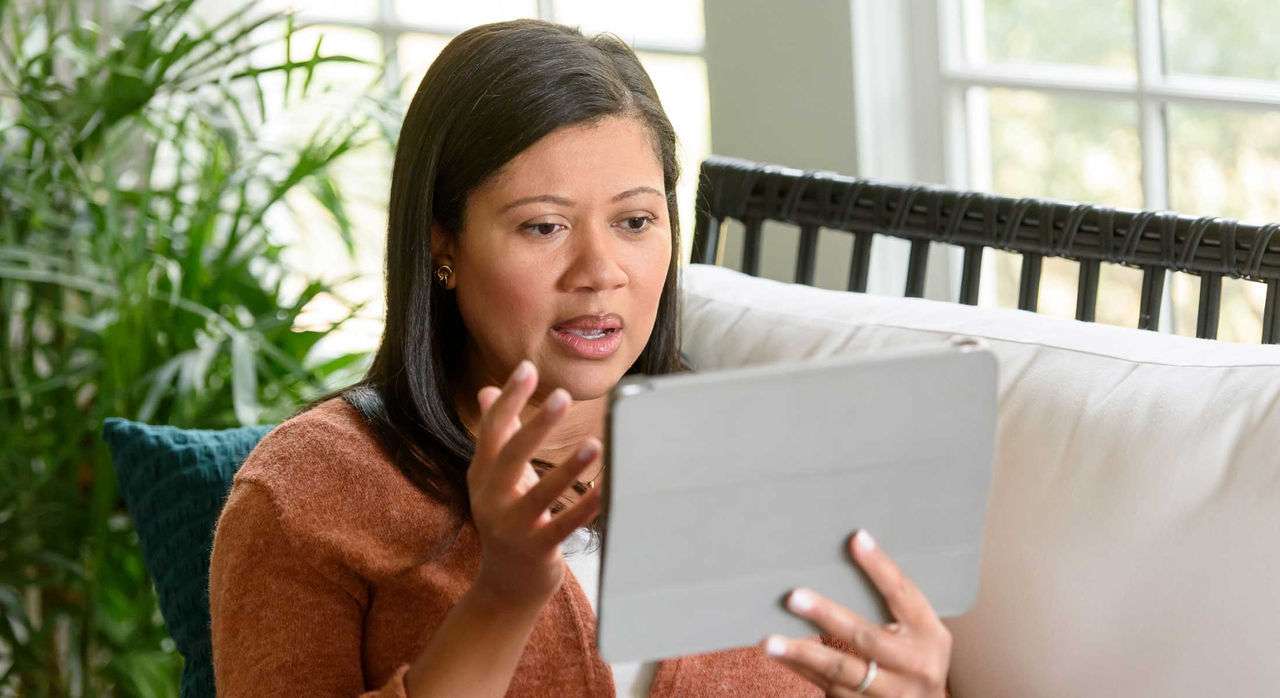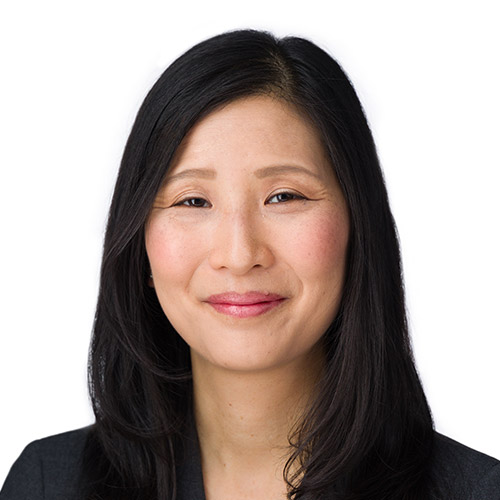-
- Find Care
-
- Visitor Information
- Find a Location
- Shuttles
- Visitor Policies
-
-
- Our Virtual Care Options
- Virtual Urgent Care
- Virtual Visits for Primary & Specialty Care
- Online Second Opinions
- Participate in Research
-
- Contact us
-
- For Innovators
- Commercialization Guide for Innovators
-
-
- Research News
- Alzheimer's Disease
- Artificial Intelligence
-
- Overview
-
- Overview
- Getting Started
- New to Mass General Brigham
- International Patient Care
- What Is Patient Gateway?
- Planning Your Visit
- Find a Doctor (opens link in new tab)
- Appointments
- Patient Resources
- Health & Wellness
- Flu, COVID-19, & RSV
- Billing & Insurance
- Financial Assistance
- Medicare and MassHealth ACOs
- Participate in Research
- Educational Resources
- Visitor Information
- Find a Location
- Shuttles
- Visitor Policies
- Find Care
-
- Overview
- Our Virtual Care Options
- Virtual Urgent Care
- Virtual Visits for Primary & Specialty Care
- Online Second Opinions
-
- Overview
- Participate in Research
-
- Overview
- About Innovation
- About
- Team
- News
- For Industry
- Venture Capital and Investments
- World Medical Innovation Forum (opens link in new tab)
- Featured Licensing Opportunities
- For Innovators
- Commercialization Guide for Innovators
- Contact us
-
- Overview
- Information for Researchers
- Compliance Office
- Research Cores
- Clinical Trials
- Advisory Services
- Featured Research
- Two Centuries of Breakthroughs
- Advances in Motion (opens link in new tab)
- Brigham on a Mission (opens link in new tab)
- Gene and Cell Therapy Institute
- Research News
- Alzheimer's Disease
- Artificial Intelligence
-
- Overview
-
- Overview
- Residency & fellowship programs
- Brigham and Women's Hospital
- Massachusetts General Hospital
- Mass Eye and Ear
- Newton-Wellesley Hospital
- Salem Hospital
- Integrated Mass General Brigham Programs
- Centers of Expertise
- Global & Community Health
- Health Policy & Management
- Healthcare Quality & Patient Safey
- Medical Education
- For trainees
- Prospective trainees
- Incoming trainees
- Current trainees
- Continuing Professional Development
Lee Park, MD Q&A: Bridging the Digital Divide

The COVID-19 pandemic disrupted life on a global scale, limiting in-person access to education, work, health care, food, and other norms. The digital solutions that bridged that gap challenged and changed the ways we approached our daily lives.
In health care, virtual visits began replacing in-person appointments where possible. For some, that transformation made it easier to access health care. But for many others, it underscored health care’s serious equity problem and widened the divide in treatment for people who lack access to technology and/or aren’t comfortable using it.
As chief patient experience officer at Mass General Brigham, Lee Park, MD, MPH, sees the impact of systemic racism on patients’ health and care. In her previous role, she launched the Digital Access Program through the United Against Racism initiative. This program helped bridge the digital divide by supplying patients with digital support and resources. Dr. Park also practices internal medicine at Brigham and Women’s Hospital.
In this Q&A, Dr. Park explores the role of digital technology in achieving health equity and shares the goals of her digital access work.
Q: What is the digital access problem patients face?
Park: There are lots of things. For example: There can be a language barrier. If you can’t read the text on the technology or software you’re using, it’s not accessible. It doesn’t matter if you’re using an iPad or the Patient Gateway platform, you can’t access what you need.
Telehealth can be great, but not everybody can make a video visit. They might not have broadband or internet. They might not have a device. People often think, “Well, everybody has a smartphone.” But it’s more than that. You need internet. You need to know how to do it.
Q: How did you approach the problem of digital access with United Against Racism?
Park: The easiest way for patients to get on a telehealth visit is through Patient Gateway. We saw a gap between patients who were on Gateway and those who weren’t, and we’ve known that a higher percentage of our white patients are on Patient Gateway than our Black and Hispanic patients.
We’ve seen that data improve over time, but there is still a gap.
With United Against Racism, we took a three-pronged approach to addressing gaps and barriers patients face:
- Translate the platform that patients use (Patient Gateway) into the top six languages our patients use. This helps patients use the platform to log in, look at their test results, make telehealth appointments, or anything else they need.
- Train a workforce to teach patients how to use the digital tools they need to access care.
- Supply patients with iPads and/or internet as needed.
Q: How did you tackle translation first?
Park: The first thing we worked on was translating Patient Gateway, including around 1,000 questionnaires patients are asked to complete. We translated these into the top languages our patients speak: Spanish, Portuguese, Haitian Creole, Russian, Traditional Chinese, and Arabic.
It ended up taking around 10-11 months to carry everything out. We went live in the fall of 2021. But this project isn’t a one-and-done thing. We still must keep up with translations as updates arise.
One nice thing I’ve noticed is a frame shift in digital. Today, people are being more proactive about translation and accommodating patients who don’t speak English.
Q: How did you train the workforce? And how did the care team teach patients to use these tools?
Park: In the fall of 2020, we received funding to hire what we call digital access coordinators (DACs)—people whose job it was to help patients understand how to use digital tools. We designed a couple of pilots to figure out how the program would work.
Early on, we decided that we wanted everybody to be bilingual so that when needed, they could engage with patients in their native language. So, we hired people who spoke the top languages our patients speak.
We looked at our data and found clinics where many patients weren’t on Patient Gateway. We knew we needed to sit somebody at such clinics because they receive high patient volume. We didn’t have the resources to sit a person at every single clinic so we chose the ones that had the highest gaps with an eye toward moving to other clinics when gaps narrowed.
We set up a referral model for other clinics to access the DACs. In our model, if a patient in need of a DAC came to a clinic that didn’t have one in person, a nurse, physician, or staff member could refer them. A DAC would call that patient later and help them over the phone.
Q: If a patient doesn’t have a smartphone, iPad, computer, or other device, how can they use these digital tools?
Park: The iPad program provides patients with access to devices they can use for health care. It’s been really good, especially for behavioral health appointments like psychiatry or counselling.
It took us a little longer to start this program up for a few reasons, including supply issues due to COVID-19, difficulty with distribution, and the fact that some people really need to learn these devices in person. But we’re proud that we got it all set up.
Q: How can Mass General Brigham patients advocate for race equity through digital technology?
Park: Patients can help by updating their race, ethnicity, and language (REaL) data in Patient Gateway, under demographics. Accurate REaL data helps our cause because it allows us to see where disparities are.
There is a real push in registration and other areas to ensure we’re asking patients, and not making assumptions, about who they are. But that information can be sensitive—especially for people who feel like they might be treated differently because of it. That’s why we really want patients to understand why we are asking about this.
Q: What do you wish you could tell patients about United Against Racism’s digital access campaign?
Park: I hope that current patients know how committed Mass General Brigham is to health equity. United Against Racism is now one of our foundational components—I don’t know that that’s the case everywhere.
Today, every email that goes out is translated into six languages. We’re trying to be very consistent about ensuring patients have access consistently. And the system is committed to continuing that on.
I believe Mass General Brigham is working on increasing translation services in the future. They also have an app and some other projects in the works.
In my current role in patient experience, we look at REaL data as standard practice. And we’re always looking to find gaps for patients who don’t speak English, or for gaps for certain races or people with certain needs.
Here, equity is an integral part of quality and safety, and patient experience. It’s all-encompassing.
